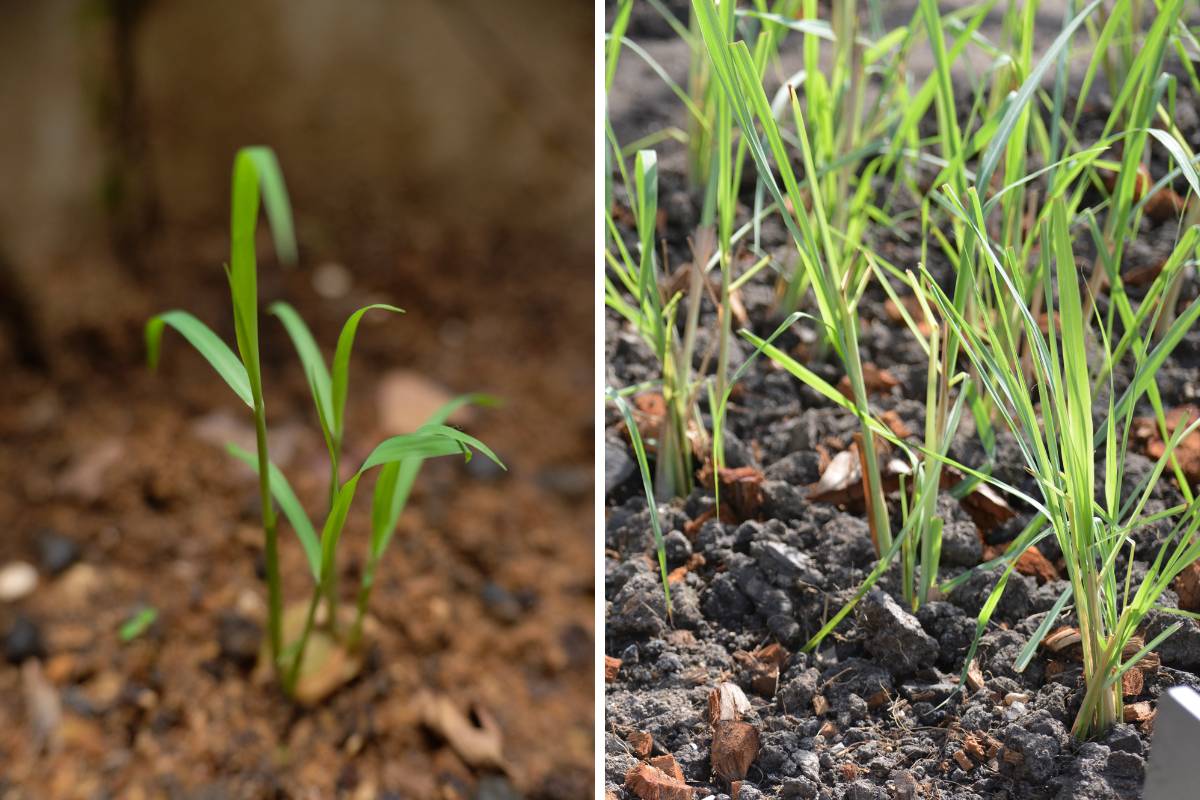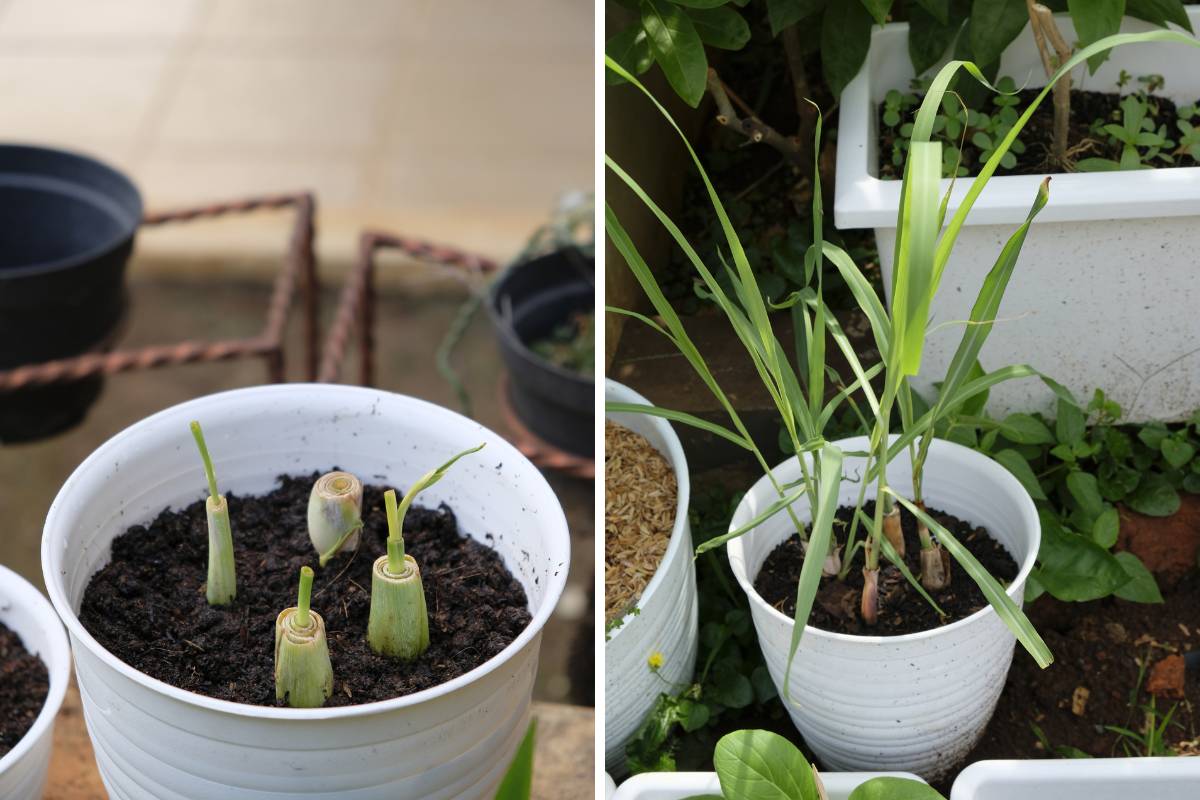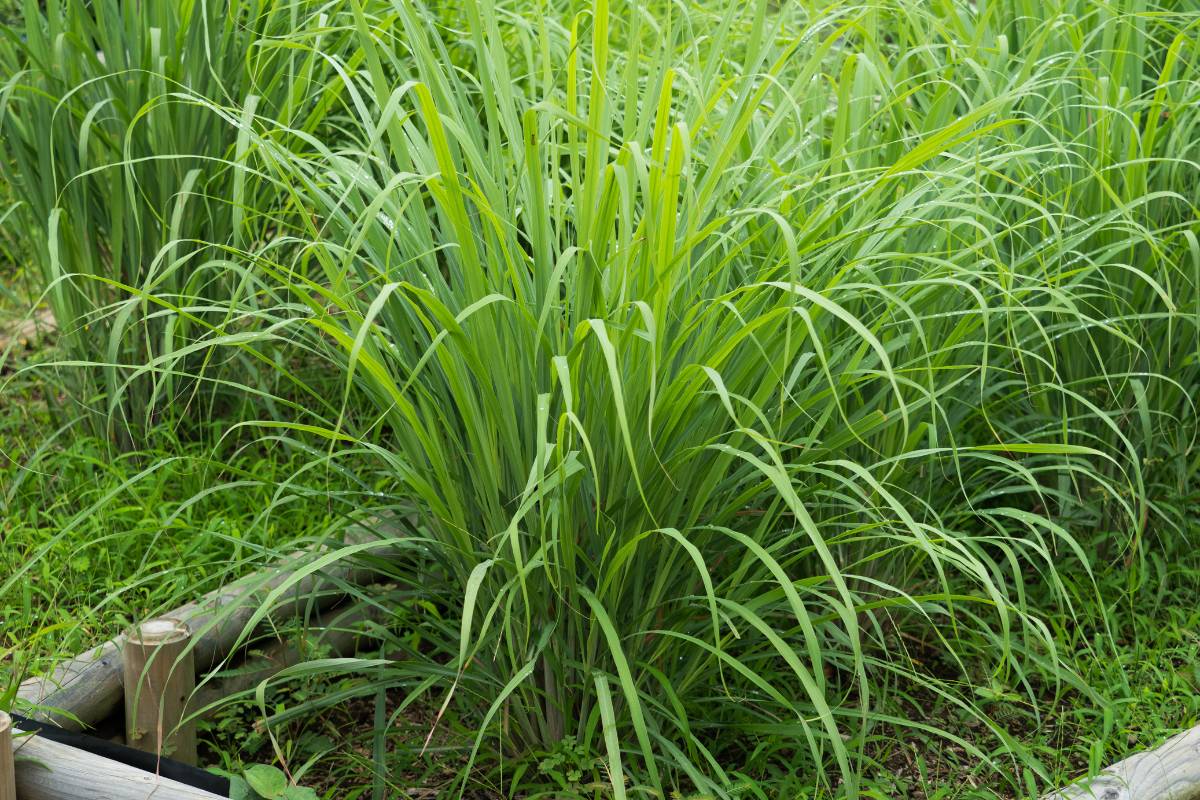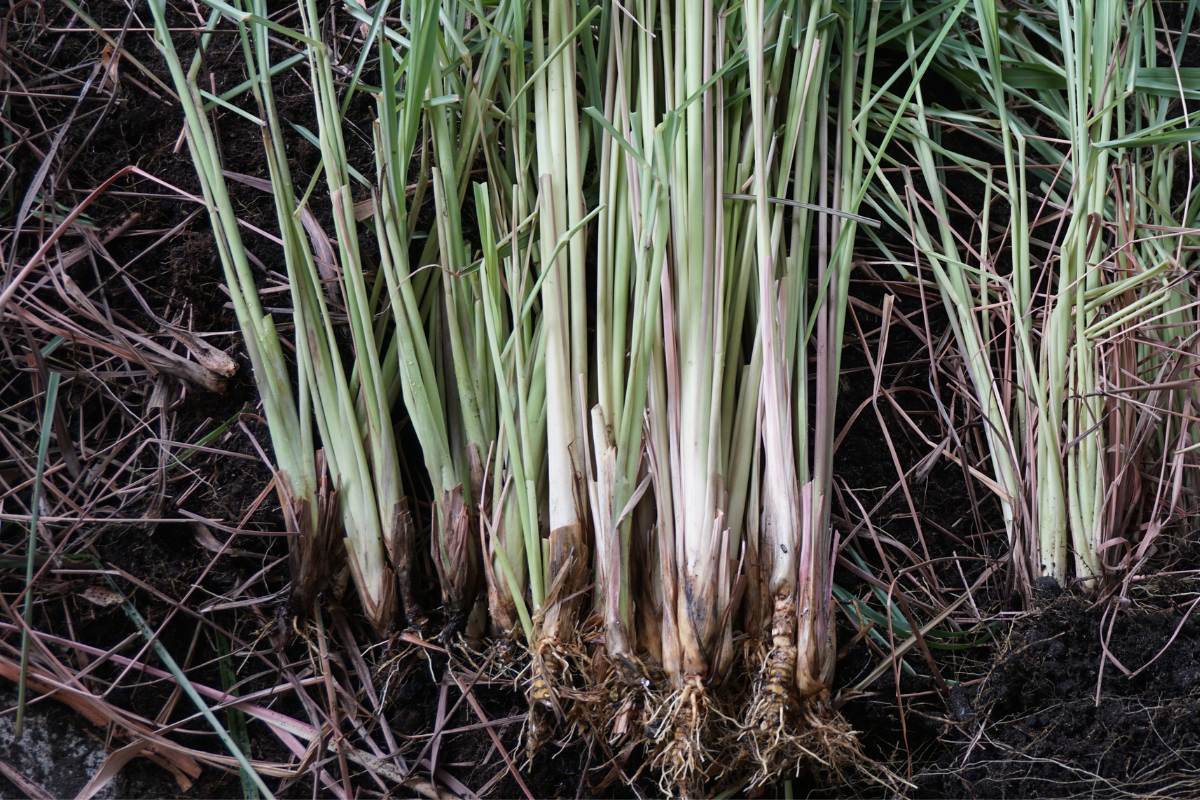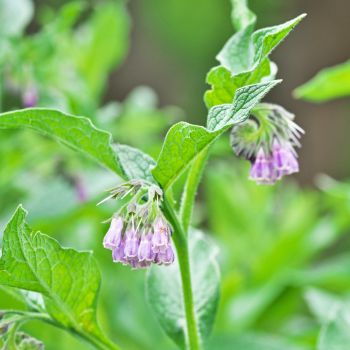Lemongrass, also known as Malabar grass or Cochin grass, is a fragrant, aromatic herb that has found its way into kitchens and gardens worldwide. This perennial is a true grass, belonging to the Poaceae family, and grows as a clump of thick-stemmed strappy leaves.
Lemongrass is easy to grow and there are several ways to propagate plants. Read on to find out how to grow, care for and harvest this tough tropical herb.
Varieties
There are two main varieties of lemongrass:
- West Indian lemongrass (Cymbopogon citriatus) grows to around a metre, thrives in warm climates and is the most commonly grown.
- East Indian lemongrass (Cymbopogon flexuosus) boasts purple tinges to its stems, grows to around 70cm and is available to grow from seed.
Both varieties are prized for their lemony fragrance and flavour.
Three Ways to Propagate Lemongrass
Lemongrass can be propagated a number of ways. The method you choose will depend on cost, availability and how quickly you want a harvest. Growing from seed is economical and will give you lots of tender young stalks. It's the best way to get a large clump of harvestable stems within a single growing season. Growing from a stem is the easiest method of propagation, but you need to wait for the stem to multiply before harvesting, while dividing up an existing clump produces instant results if a small clump for occasionaly harvests is all you need.
1. Growing Lemongrass from Seed
To grow lemongrass from seed, sow the seeds 5mm deep in punnets or trays in spring or summer (autumn in tropical climates). Germination typically takes 7 to 21 days at 20-30°C. Seeds may not all germinate at the same time, so be patient. Water from the bottom to keep the soil consistently moist but not waterlogged.
When the seedlings have grown large enough to handle and their roots poke out of the bottom of the pot, it's time to transplant them to a large pot or the garden.
2. Propagation from a Stem
Another method of growing lemongrass uses a stem purchased at a fruit shop or supermarket. Using a sharp knife, cut a thin sliver across the bottom of the stem to expose fresh tissue. Place the stem in a clean glass of tepid water, and place the glass where it will receive good light and warmth. Change the water frequently, ideally daily.
In a couple of weeks, roots should start to emerge from the cutting. Once this happens, pot it up in a suitable container and make sure the soil doesn’t dry out.
3. Propagation by Division
Lemongrass can also be propagated by dividing established clumps in spring. Lift and separate clumps, making sure that each section has a healthy root system. Remove any dead or withered stalks and leaves. After division, prune the plants back to around 10cm above ground level to encourage healthy new growth.
Cultivating Lemongrass
Lemongrass thrives in warm, sunny conditions, requiring at least half a day of direct sunlight for healthy growth. Ensure the soil is consistently moist during the summer but reduce watering in the winter to prevent root rot.
Plants are frost tender and may die back in temperatures under 5°C. In regions with cold winters, consider planting it in pots that can be moved to a sheltered area during the winter months.
Leaves may brown off during the growing season; wait until late winter to prune them to 10cm above soil level. Older clumps can be rejuvenated in the same way, or by dividing and thinning stems, giving excess plants away to friends.
Pests and Diseases
While lemongrass is unattractive to many pests, the West Indian variety is susceptible to rust (the East Indian variety is resistant). To combat rust, promptly remove affected leaves and water at ground level to stop fungal spores splashing onto the leaves.
Plants can also fall prey to root rot. Reducing watering during the winter is the best way to avoid this issue.
Harvesting Lemongrass
Lemongrass can be harvested at any time of the year. Wait until the plant has at least 10 stems, and harvest less frequently during winter when plant growth slows. Cut stems just below soil level or remove entire stems with the roots intact.
Lemongrass in the Kitchen
Lemongrass is a culinary gem. It's a staple in East Asian cooking, where it is often paired with ginger and used to flavour fish, chicken, curries and soups. The fleshy white part at the bottom of the stem has the strongest flavour and is the part most often used in cooking.
To prep a lemongrass stalk, cut off the roots and green leaves so there is 6-10cm of thick white stem remaining. Then remove one or two layers of fibrous outer leaves. Smash the stem using a meat tenderiser or the flat blade of a knife. The stem can then be added whole to season soups and sauces, or chopped finely to flavour stir fries.
The green leaves have a more subtle flavour and are excellent for making herbal tea; simply chop them up and steep them in hot water.
With so many options for propagating plants and such versatility in the kitchen, lemongrass makes an excellent, low-maintenance addition to the kitchen garden.
